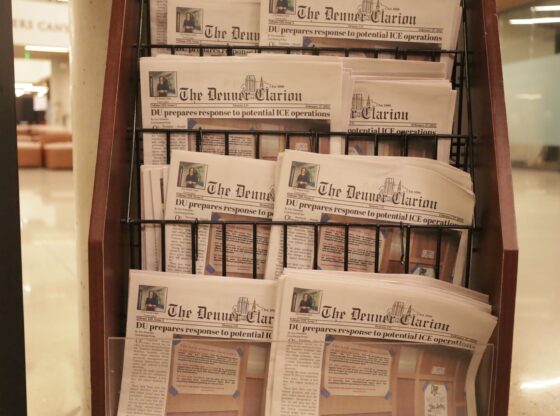Taraneh Alidoosti has starred in many popular Iranian films, including the Oscar-winning The Salesman and the Leila’s Brothers hit. On Nov. 10, 2022, she posted a picture of herself without a hijab, with a sign reading, “Woman, Life, Freedom,” voicing support for the ongoing protests.
This is just the latest in a series of events that have engulfed Iran over the last few weeks. While eleven protest movements have occurred within the last five years, this one boasts the greatest longevity. Mona, an Iranian activist, commented on the situation, saying, “Each day more towns and villages join the protests wave, and for many it is called a revolution, not a movement. Every day the regime is killing more people and each funeral or memorial ceremony is turning to another street protest.” While the protests haven’t reached the scale of the Islamic Revolution, they are attracting people from all over the nation, especially women.
The protests began Sep. 16, after Mahsa Amini, a twenty-two year old Iranian woman, was beaten to death for not fully complying with the headscarf standards. Outrage over this event erupted, sparking anger amongst women over the unequal treatment they have faced since the Revolution and over the recent tightening of standards that has taken place under Iran’s supreme leader, Ali Khamenei.
Asking Mona about the difference between previous movements, she said, “In the case of Iran, it is the first movement in the history of the country initiated and focused on women’s rights. I dare to say it is the first feminist revolution in the history of the Western Asia (if not the whole world) fully allied and supported by men. It has inspired so many women under theocratic regime and religious oppression like in Afghanistan. There are other factors that make this movement unique, different from the others in Iran and other countries, and inspiring on women and men in other countries: 1. Various groups of people with different political, religious, and social perspectives, and different levels of education have come together, 2. It’s leaderless, 3. It’s classless, 4. Includes all ethnicities, all religions, 5. This time people are not seeking a change in management, or a reform in the rules, they directly ask for regime change.” And the severity of these demands has led the leaders to deflect and ignore demands for change, decrying the protests as a plot by the U.S. and/or Israel.
Many symbolic events have already taken place, including the burning of Evin Prison, an infamous facility where political prisoners were imprisoned and killed at the will of the regime. The authorities quickly put out the fire and mentioned that “the Bastille project had failed,” referencing how the French Revolution started with the storming of the equally notorious prison. But despite the regime’s showboating, it’s clear they’ve lost control of the situation.
The real question is if this will lead to real change, or if it will fizzle like similar protests in years prior. Mona commented, “Whether or not this revolutionary movement succeeds in changing the regime and establishing a secular democracy right now, that will happen in a very close future no doubt, and society will never go back to what it was before this movement.”











